Snake Patterns
jekeesl (south-central Arkansas)
8 years ago
last modified: 8 years ago
Featured Answer
Sort by:Oldest
Comments (14)
tsugajunkie z5 SE WI ♱
8 years agofloral_uk z.8/9 SW UK
8 years agoRelated Discussions
Hi everyone
Comments (2)1) Zero, to low at best. It will always be dangerously unstable. The problem goes right back to the nursery, they kept the young plants in pots that were too small, resulting in pot-bound plants with coled roots at the bottom of the pot. The coil in the roots acts like a hinge, allowing the tree to twist very easily (think like a 'Slinky' toy), and thus fall over. It is unfortunataly not 'repairable', and is far too common in nursery stock of fast-growing plants like this. 2) Remove and replace. Make sure the new plants don't have coiled roots! Take them out of the pot at the nursery, and inspect carefully; if they do, reject them. 3) It wouldn't kill them, but it would leave them VERY unsightly with a permanent brown top (like the pic below). One more reason for removal and replacement! Trimming should start before the plants reach the height you want, not after! I'd also recommend getting something that isn't so fast-growing; the faster it grows, the more hard work it is to keep it trimmed. Resin Topped Leyland Cypress:...See Moresquatters!
Comments (21)Creek side, I am sure : ) Rat snakes can show defensive behaviors, but they rarely do. They make great snakes to show people because they tend to be really laid back. All snakes can display those behaviors. Hognose snakes flatten their heads out and tail rattle right before they play dead. We moved a copperhead this weekend that did the tail rattle. We explained that we were sorry to disturb its nap but we needed to move the woodpile. Too bad snakes don't have ears - we might have been forgiven, but no it stuck its tongue out at us and headed into the woods ; ) King snakes are great too (they are one of my favorites) but they have a more smoothly rounded snout, actually a rounder body too - they are more tube like IYKWIM? and a glossy sheen to their scales....See MoreSnake skin patterned paper
Comments (3)It's me again. I tried three different stores (while in search of my own scrapping misc this weekend)with no luck. Is there any way you can take the one large piece of paper and cut snake shapes out of it? You should be able to get several "snakes", which could be used for both boys' albums. Good luck!...See MoreAnnual Fall Shoe Quest
Comments (49)I am so disappointed to hear this. I agree that it would be strange to see the exact same pattern on both feet -- especially in this style which makes the pattern so prominent on the foot. Ive been on the fence about ordering another size after my size was sold out. I had planned to get a wide to allow room for socks but I have a pair of boots where I did the same and my foot moves around in them too much. I think I am going to pass. It's a shame though because I find the other snake patterns too small and too busy. I haven't had time to shop for other styles but I think my next focus will be a pair of light gray suede pointy toe booties. I am also tempted by the blondo waterproof booties that don't LOOK like rain boots. Ive had fall shoes out all week-- I worked at home on Wed when we had 90+ temps but the rest of this week has been pretty darn cool.. my heat came on this morning! It's time.. it's time for new slippers too!...See Moreperen.all Zone 5a Ontario Canada
8 years agojekeesl (south-central Arkansas)
8 years agoperen.all Zone 5a Ontario Canada
8 years agoParker L (S.E., Mich)
8 years agojekeesl (south-central Arkansas)
8 years agogdinieontarioz5
8 years agoperen.all Zone 5a Ontario Canada
8 years agogdinieontarioz5
8 years agoperen.all Zone 5a Ontario Canada
8 years agotsugajunkie z5 SE WI ♱
8 years agofatamorgana2121
8 years ago
Related Stories
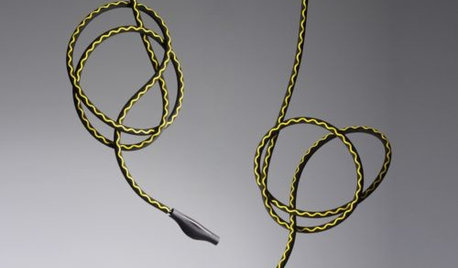
HOLIDAYSHisssss: Get Wrapped Up in the Year of the Snake
Throw your home some welcome curves with sinuous forms and reptilian patterns on all kinds of home decor
Full Story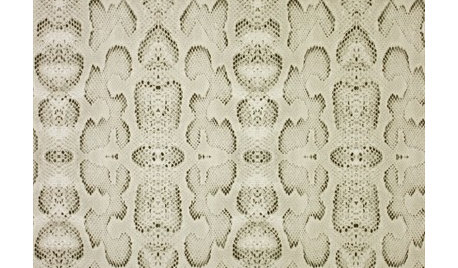
PRODUCT PICKSGuest Picks: Snake Charmers for the Home
Snake-inspired decor is sliding into on-trend interiors everywhere. These pieces capture the look perfectly
Full Story
PATTERNPattern Play: Masculine Ruggedness, Modernized
4 designer tips make mixing fabric patterns fun
Full Story
UPHOLSTERYThe Perks and Perils of Reupholstering Old Furniture
Secondhand upholstered pieces can add character to a room, but beware of bugs, snakes and hidden costs
Full Story
BEDROOMSPerk Up Your Bedding’s Personality
Nix that whole ‘bed in a bag’ thing in favor of artfully arranged separates that speak to the imagination
Full Story
DECORATING GUIDESTop It Off: Wallpapered Ceilings Take the Eye High
Check out these rooms to see the difference a wallpapered ceiling makes
Full Story
DECORATING GUIDESBook to Know: 'Living in a Nutshell'
You don't have to go minimalist to live in a small home. Embrace color, pattern and objects you love with these tried-and-true tips
Full Story
FEEL-GOOD HOMEStop That Draft: 8 Ways to Keep Winter Chills Out
Stay warm without turning up the thermostat by choosing the right curtains, windows and more
Full Story
DECORATING GUIDESTextile Textbook: Fall in Love With These Prints From Around the World
The appeal of these hip weaves, with centuries of tradition, goes beyond mere trends
Full Story
SMALL SPACESTimeless Design Ideas for Small Spaces
Classic to inventive, these design moves use intelligence in the battle to live comfortably in a compact space
Full Story


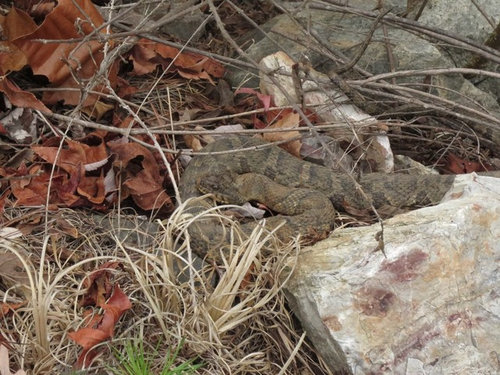
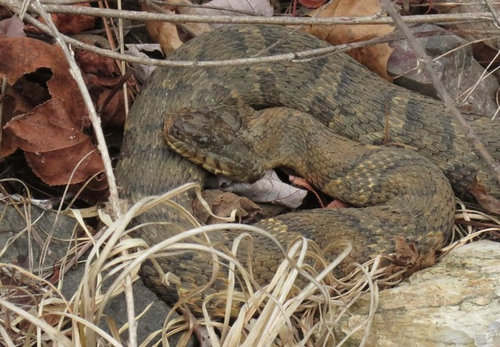
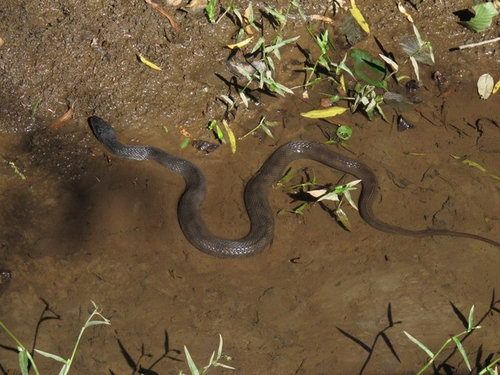
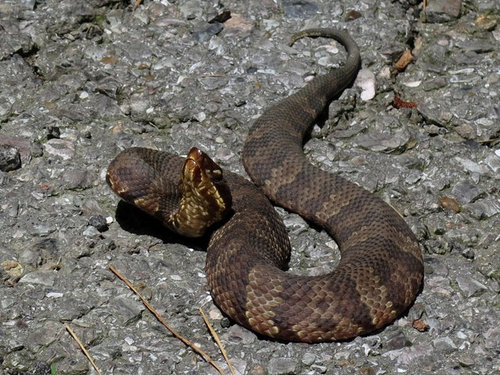
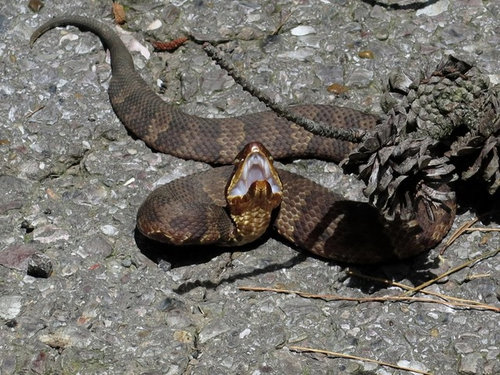
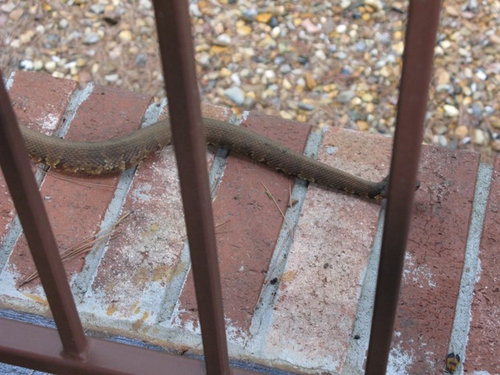
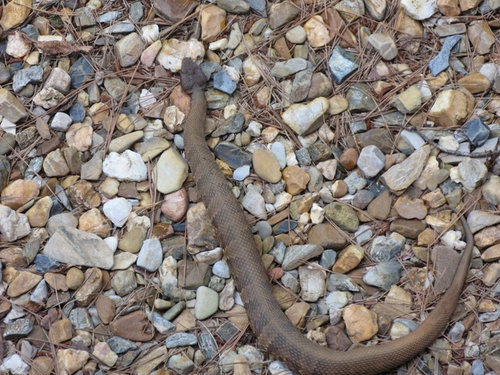
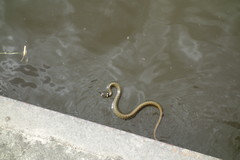
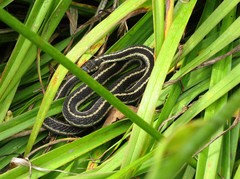
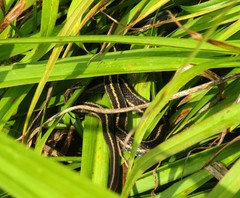
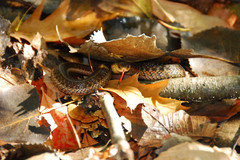
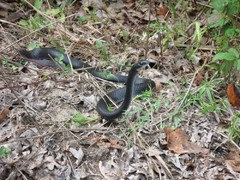
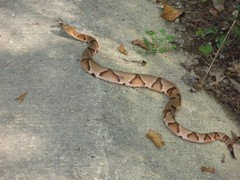
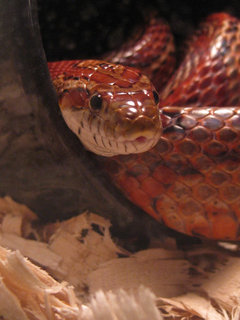

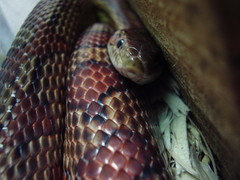

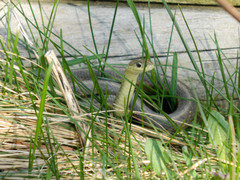
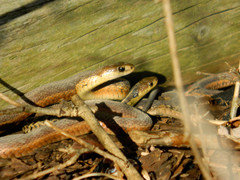
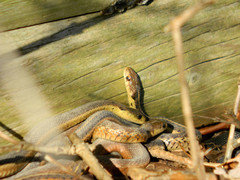
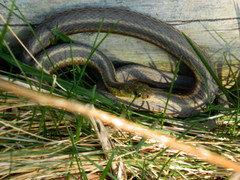

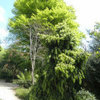
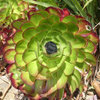
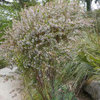
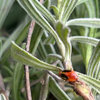
floral_uk z.8/9 SW UK